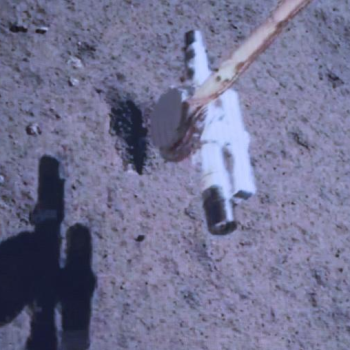June 4, 2024 Quick space links
Courtesy of BtB’s stringer Jay. This post is also an open thread. I welcome my readers to post any comments or additional links relating to any space issues, even if unrelated to the links below.
- Congress creates chaos in NASA telescope project
It appears Congress wants the telescope, conceived to study potential habitable exoplanets, but it is also micromanaging the project by its legislative language.
- Astra consolidates its facilities
This company appears to be on a slow downhill path.
Courtesy of BtB’s stringer Jay. This post is also an open thread. I welcome my readers to post any comments or additional links relating to any space issues, even if unrelated to the links below.
- Congress creates chaos in NASA telescope project
It appears Congress wants the telescope, conceived to study potential habitable exoplanets, but it is also micromanaging the project by its legislative language.
- Astra consolidates its facilities
This company appears to be on a slow downhill path.







